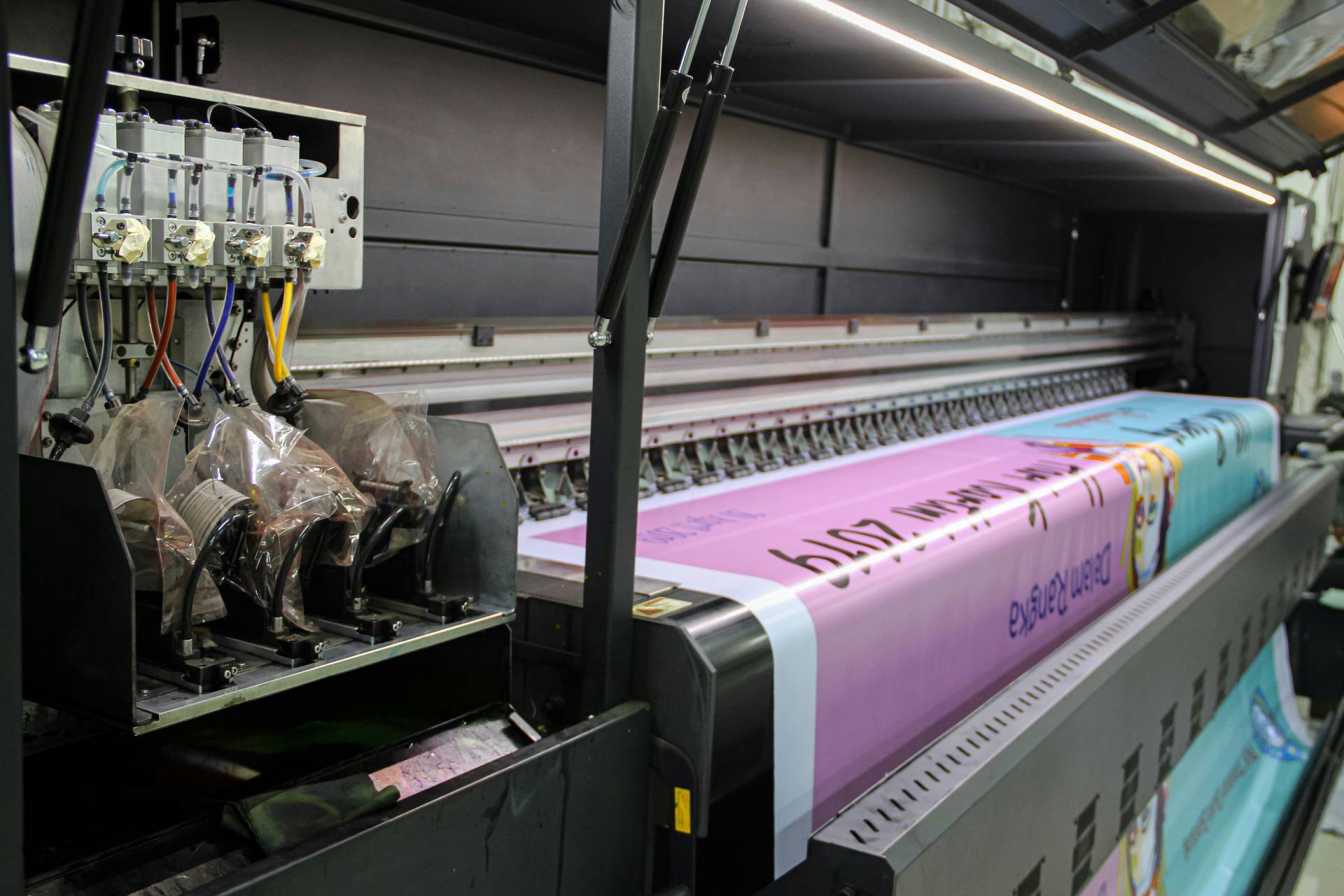Have any question?
Pigments and Ink
The pigments industry in India relies on various chemicals for the production of pigments used in paints, inks, plastics, textiles, and other applications. Here are some of the key chemicals commonly associated with the pigments industry:
- Raw Materials for Pigment Synthesis
Aromatic Amines: Used in the synthesis of azo pigments.
Phthalic Anhydride: Used in the production of phthalocyanine pigments.
Aniline and Nitrobenzene: Precursors for various pigments, including azo dyes. - Inorganic Chemicals
Titanium Dioxide: Widely used as a white pigment in various industries.
Iron Oxides: Used as pigments, particularly in the production of red, brown, and yellow pigments.
Chromium Oxide Green: Commonly used as a green pigment.
- Solvents
Ethylene Glycol: Used as a solvent in the production of certain types of pigments.
Water: Water-based pigments are also common, and water serves as a solvent in these formulations.
- Additives and Intermediates
Resins: Used as binders in pigment formulations.
Surfactants: Aid in dispersion and stability of pigment particles.
Coupling Agents: Improve the bonding between pigments and the substrate.
- Drying Agents
Cobalt and Manganese Compounds: Used as drying agents in certain types of paint pigments.
- Organic Chemicals
Aliphatic and Aromatic Hydrocarbons: Used as solvents in certain pigment formulations.
Acetone and Methanol: Solvents in the production of some organic pigments.
- Specialty Chemicals
Lithopone: A white pigment composed of a mixture of barium sulphate and zinc sulphide.
Barium Sulphate: Used in some pigment formulations.
- Pigment Dispersants
Polymeric Dispersants: Assist in the dispersion of pigments in various mediums.
It's important to note that the chemicals required can vary depending on the type of pigment being produced. The pigment industry encompasses a wide range of colours and types, each with its unique chemical composition. The industry also tends to adapt to environmental regulations, with an increasing focus on eco-friendly and sustainable pigment production. For the most accurate and up-to-date information, it is recommended to consult with industry-specific sources or chemical suppliers in India.
